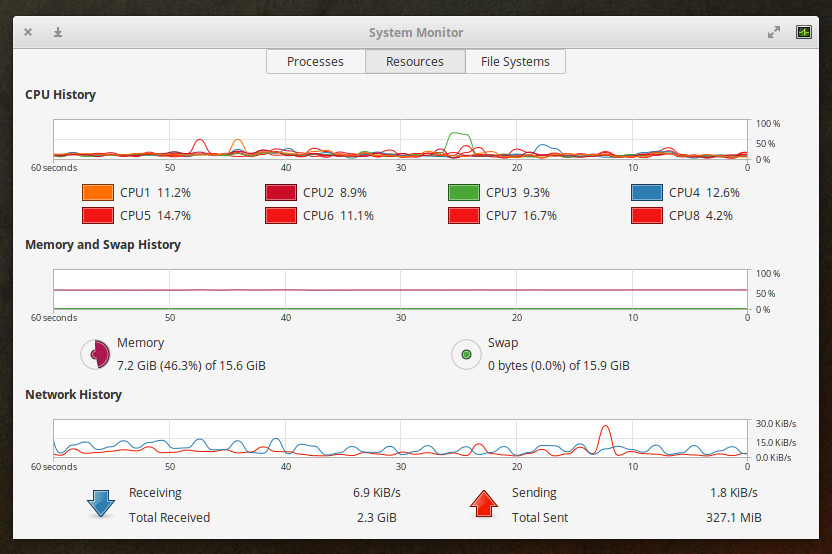
- Linux system monitor no alert detected install#
- Linux system monitor no alert detected update#
- Linux system monitor no alert detected download#
- Linux system monitor no alert detected windows#
For high availability – you need at least two management servers in the pool.Īdd your management servers and create the pool. If you only have 1 MS, this will be easy. Select the Management servers that you want to perform Unix and Linux Monitoring. Let’s create a new one by selecting “Create Resource Pool” from the task pane on the right, and call it “UNIX/Linux Monitoring Resource Pool”Ĭlick Add and then click Search to display all management servers. OpsMgr ships 3 resource pools by default: Under Administration, find Resource Pools in the console:

Regardless, it is a best practice to create a new resource pool for this purpose, and will ease administration, and scalability expansion in the future.

Linux system monitor no alert detected windows#
This pool will be used and associated with management servers that are dedicated for monitoring Unix/Linux systems in larger environments, or may include existing management servers that also manage Windows agents or Gateways in smaller environments. The FIRST step is to create a Unix/Linux Monitoring Resource pool. This restart is required to allow each MS to deploy the agent files locally.Ĭreate a resource pool for monitoring Unix/Linux servers ***NOTE: You will need to restart the Microsoft Monitoring Agent service on all Management Servers that will monitor Linux systems, after importing these management packs, before continuing. 0 which was from the SCOM 2016 UR2 timeframe.
Linux system monitor no alert detected download#
The * LATEST* version of these MP’s ( and the ones you should be using) are located for download at:ĭownload those, and then import any relevant updated libraries.
Linux system monitor no alert detected update#
Once these above are imported – THEN we can update to the most current ones available for those MP’s that have updates: Here is an example of the MP’s I will import, which is all the important core libraries, and includes Red Hat, SUSE, and Universal Linux (CentOS, Debian, Oracle, Ubuntu) Import the specific ones for the Unix or Linux Operating systems that you plan to monitor.Īdditionally, there is a download location for Unix/Linux MP’s which have been *UPDATED*, however, the updated MP’s do not contain all Unix/Linux packs, so you should always START by importing the relevant management packs from the SCOM 2016 Media. These are on the installation media, in the \ManagementPacks directory.
Linux system monitor no alert detected install#
The core Unix/Linux libraries are already imported when you install OpsMgr 2016, but not the detailed MP’s for each OS version.

Performance and scalability improvements.New wizards for discovery, agent upgrade, and agent uninstallation.Sudo elevation support for using a low priv account with elevation rights for specific workflows.Highly available Monitoring via Resource Pools.Some significant updates have been made to this for OpsMgr 2012. Microsoft started including Unix and Linux monitoring in OpsMgr directly in OpsMgr 2007 R2, which shipped in 2009.


 0 kommentar(er)
0 kommentar(er)
